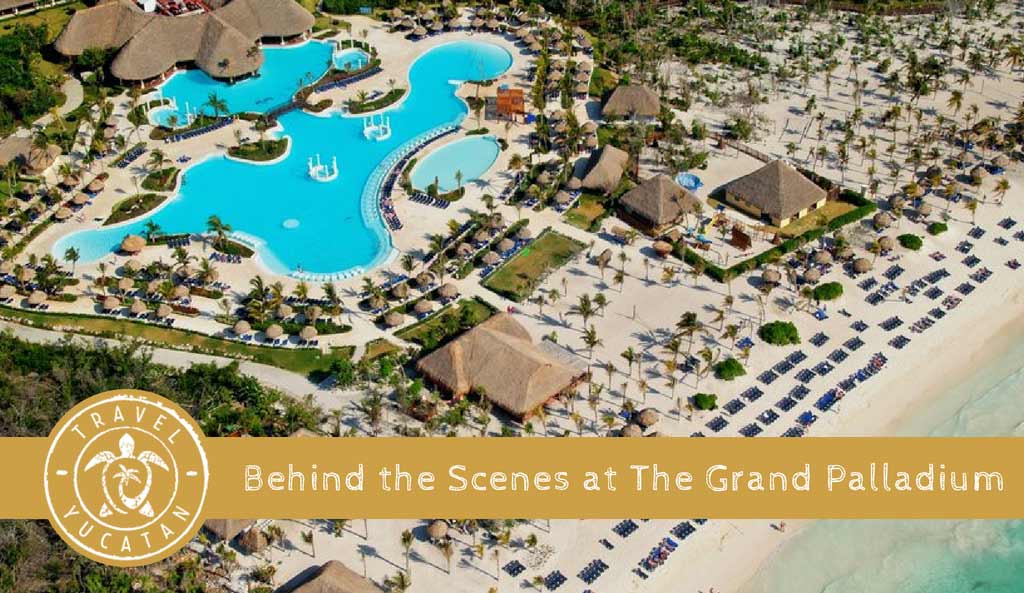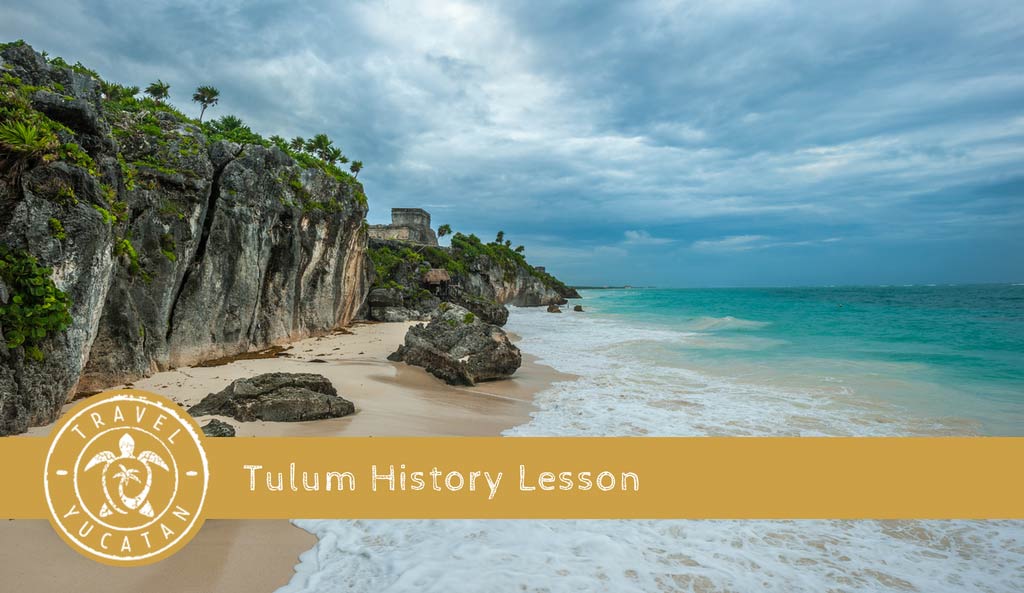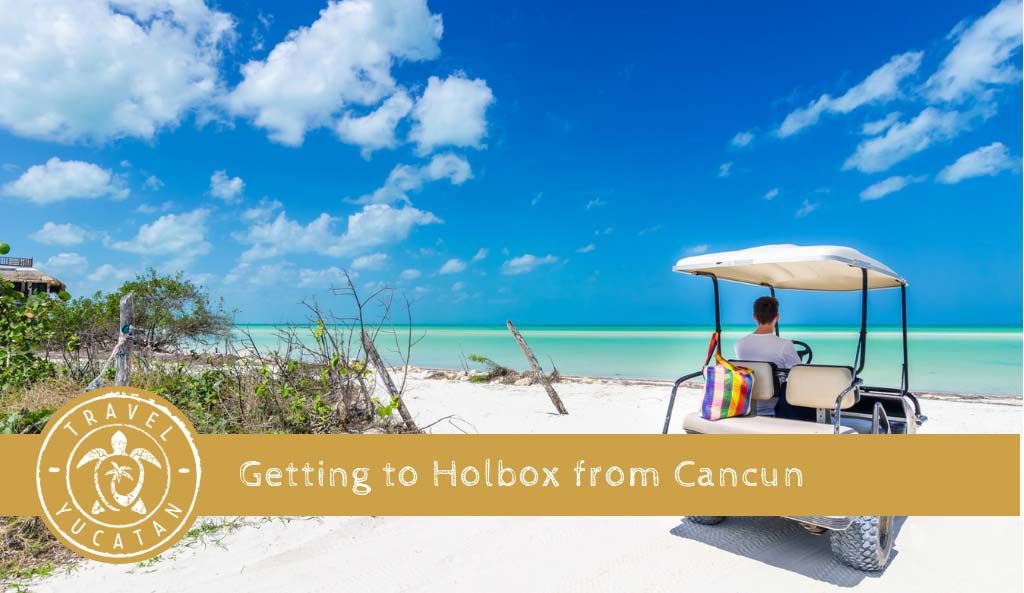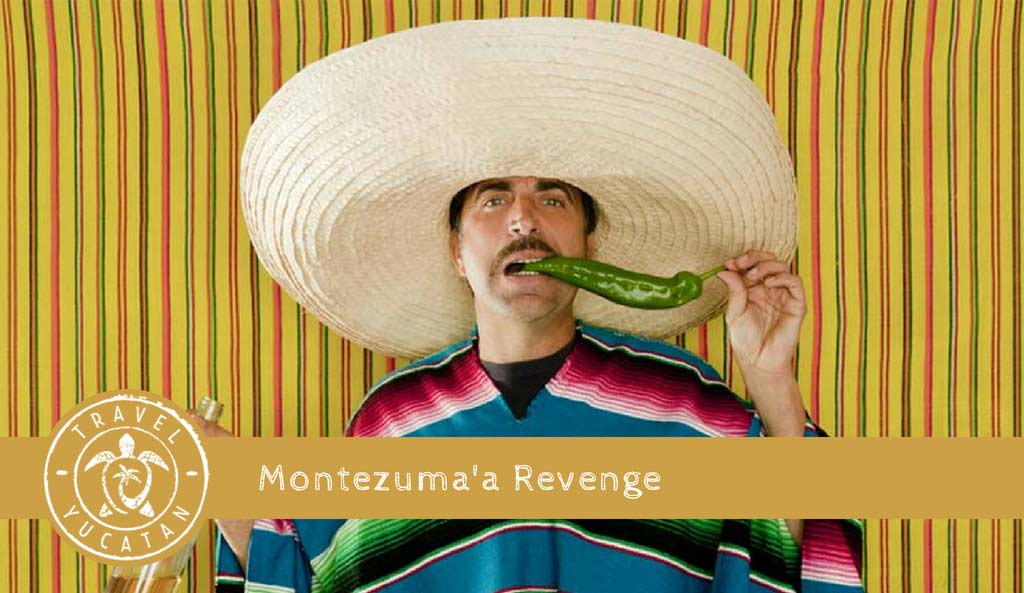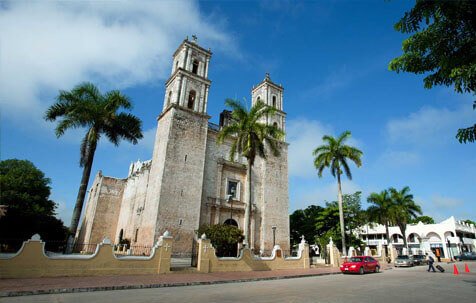 MAYAN HOLY WEEK OVERVIEW
MAYAN HOLY WEEK OVERVIEW
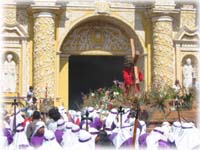 Semana Santa, Mayan Holy Week starts Palm Sunday although they do start making carpets and smaller processions are held during Lent, which begins Ash Wednesday.
Semana Santa, Mayan Holy Week starts Palm Sunday although they do start making carpets and smaller processions are held during Lent, which begins Ash Wednesday.
The big day is Good Friday but throughout the week people start coming in from all over Guatemala and northern Mexico to attend the big celebrations in Antigua and Guatemala City. Tourists from all over the globe fly in for this particular week.
Generally there is not much happening until Good Friday but all the tourist zones flare up with activity with arriving visitors.
 PANAJACHEL
PANAJACHEL
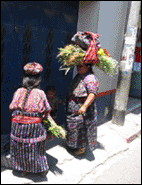 A great place to start the week is Panajachel, located on the shoreline of Lake Atitlan which lies at the foot of three great volcanos [Toliman, Atitlan and San Pedro]. Panajachel is alive with excitement; its main street “Calle Santander” is reminiscent of 5th Ave. in Playa del Carmen ten-fifteen years ago.
A great place to start the week is Panajachel, located on the shoreline of Lake Atitlan which lies at the foot of three great volcanos [Toliman, Atitlan and San Pedro]. Panajachel is alive with excitement; its main street “Calle Santander” is reminiscent of 5th Ave. in Playa del Carmen ten-fifteen years ago.
The locals in Panajachel are quite friendly and it is a very upscale little city.
Located on Lake Atitlan, it is one of some 22 villages surrounding the lake. At night you can look across the lake and see the lights of the other villages scattered all over the rolling mountains.
Hector Nistal Tel: (502) 7832-3371 Fax: (502) 7832-0644 Antigua Hector speaks fluent English. He is a mature, reliable tour agent who can assist you in your travel needs. Including, arranging hotel rooms during peak periods! |
 SAN PEDRO
SAN PEDRO
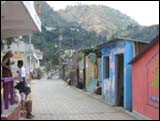 A quick boat-ride across the lake and you are in San Pedro. A traditional colonized Mayan village with a “bohemian” section that is very kule. Interestingly, it is littered with Spanish-English schools so lots of people speak English or at least Spenglish here. There are some great restaurants and some neat places to simply hang out. You can swim in the lake too.
A quick boat-ride across the lake and you are in San Pedro. A traditional colonized Mayan village with a “bohemian” section that is very kule. Interestingly, it is littered with Spanish-English schools so lots of people speak English or at least Spenglish here. There are some great restaurants and some neat places to simply hang out. You can swim in the lake too.
Lake Atitlan is a special place because of the volcanoes. It is speculated that the Maya who did not have a volcano built pyramids as a sort of man-made reproduction of a volcano. No one knows for sure but staying in San Pedro at the foot of the volcano is quite exciting. The Maya who live there have a very lack-a-daisy attitude towards getting annihilated, if or when the volcano blows again. If it happens, it happens, is their basic attitude.
Beyond San Pedro are countless Mayan villages all connected by winding mountain roads. Some of these villages hold special markets during Holy Week. These markets differ greatly from the “tourist” markets because they are geared towards the Maya, not tourists. At a Mayan market you don’t see stall after stall of the same tourist stuff but practical merchandise used by the Maya for their day to day use. Visiting one can be quite interesting. By and large the communities are still agriculturally based so the markets reflect this. But be warned, the markets start early, they are up and running at 6:00 AM.
During Holy Week more people go to the market. The action starts the night before as people start arriving to set up their booths. They stay/camp there all night and there is usually something going on at the church [there is always a church next to the market square]. They cook, have their pets, the drunks get drunk, the religious pray and the kids run around and play all night.
Unfortunately we cannot tell you what villages hold their special Holy Week markets or on what days. Every day a different village holds their special Holy Week market day. You have to go to either Panajachel or San Pedro and ask around then find a taxi to take you. If you can stomach the ride [it is dangerous] the best time to drive is very early in the morning, before the sun rises. Driving through village after village as it is just waking up is quite an experience.
 CHICHICASTINANGO
CHICHICASTINANGO
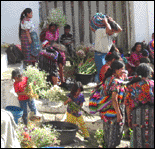 The big event during the week is the Chi-Chi market in Chichicastinango, which is held every week on Thursday except during Holy Week when it is held on Wednesday.
The big event during the week is the Chi-Chi market in Chichicastinango, which is held every week on Thursday except during Holy Week when it is held on Wednesday.
This is the “Mayan” market. Without question, it is the premier market for all things Mayan. It is big, it is crowded, and it is full-tilt Mayan. If you like shopping in Mayan markets you will think you have died and gone to heaven.
There is a procession during market day. However, there are no carpets made for this procession. It occurs mid-day and goes from one church; through the market and town to the other church [they are located across from each other in the center square].
Chichicastinango is a Mayan city. The churches are Mayan churches, thus you do not get the Catholic Maya religious fervor here although the procession is a somber event and marked with great respect.
The procession is led by a Mayan flutist followed by the copal incense burners. Then the honored men carrying the anda [procession float]. Roads entering and exiting the churches courtyard have palm arches so the procession must pass through them entering and exiting the area. A traditional marching band follows the float playing a melancholy marching song. Ceremonies are performed in the churches when the procession departs one church and when the procession enters another moving the anda from one church to another.
At night the Chi-Chi market is still alive. Most of the vendors have gone home but there is still a lot happening around the churches. A traditional Guatemalan band plays, people are wandering about and the church is alive with people coming and going offering candles and prayers.
Arriving the day before Chi-Chi market is recommended. Many vendors start setting up the night before and many hold ceremonies in the church praying for good sales the next day. It is very unique.
 ANTIGUA
ANTIGUA
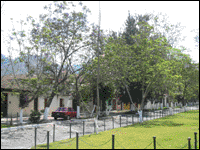 Good Friday in Antigua is a dream. It is a magical event beyond comparison. Antigua is a beautiful colonial city that is both colorful and clean.
Good Friday in Antigua is a dream. It is a magical event beyond comparison. Antigua is a beautiful colonial city that is both colorful and clean.
On Good Friday tens of thousands of Mayans transcend upon this usually quiet city. Starting around 7:00 people start arriving and the city keeps filling up and up until the downtown streets are packed. All parks fill with vendors selling food, balloons, cotton candy, popcorn etc.. People are camped out with their families. Pickup truck after pickup truck filled to capacity with grandpa, grandma, the next door neighbors and all the kids, pour into town. The colors and variety of the hupils is amazing. Even men are wearing their traditional clothing. It really is a sight to see.
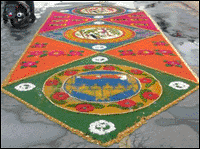 As you walk around Antigua you inevitably stumble into your first carpet [Alfombras]. The carpets are beautifully hand made flower or colored saw-dust designs that families or groups of people get together to make on the streets.
As you walk around Antigua you inevitably stumble into your first carpet [Alfombras]. The carpets are beautifully hand made flower or colored saw-dust designs that families or groups of people get together to make on the streets.
The majority of carpets have symbolic motifs and no two are alike. Each one is made with great pride. Some are small, made by children and others are long and grandiose.
After you have been captivated by your first carpet, be prepared, you will see hundreds, if you walk around enough.
In Antigua there are seven processions on Good Friday running all day starting at 3:00 in the morning.
Around six o-clock the big procession starts. It leaves La Merced and marches around town, marching all over the beautiful carpets, destroying them in the process. After a procession has gone by, a clean-up crew follows to sweep up the street. After the street is clean, the carpet makers go back to work building their new carpets. Later that day, or the next, another procession will come and walk over their carpet. It is an honor.
The processions are glorious events, marked with much pomp and pageantry. Roman soldiers on chariots gallop around town. Legions of Roman soldiers march in the processions. Roman soldiers on horse trot by followed by the incense burners. The streets become a fog of incense so thick sometimes one cannot see the other side. Hundreds if not thousands of purple clad cucuruchos march by. One by one the saint�s floats are marched past. The great Jesus bearing the cross float highlights this procession.
We have been told the great Jesus anda weighs over 7000 pounds. Little children march underneath it. A sign of their faith that the float will not be dropped. They carry it for hours, up and down Antigua’s streets until it slowly makes it way back into the grand La Merced church where it will rest until next year. Witnessing the procession marching into the church courtyard is mesmerizing.
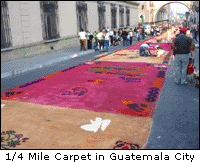 It is a carnival atmosphere all over Antigua from Good Friday to Easter Sunday. Not a modern carnival with high-tech games and rides but one from out of the forties or fifties, old time style. That is because by and large the Mayan communities of Guatemala are farming communities. Not high-volume agro-corporations but home farms. Thus you see a lot of farmers and cowboys and farm families. A farmer or cowboy from anywhere could go there and feel right at home. It is a great feeling.
It is a carnival atmosphere all over Antigua from Good Friday to Easter Sunday. Not a modern carnival with high-tech games and rides but one from out of the forties or fifties, old time style. That is because by and large the Mayan communities of Guatemala are farming communities. Not high-volume agro-corporations but home farms. Thus you see a lot of farmers and cowboys and farm families. A farmer or cowboy from anywhere could go there and feel right at home. It is a great feeling.
The afternoon processions are captivating but if you really want to see something you have to stay up late for the night processions. Saturday night’s is electric but Friday’s has the best floats.
At night many of the carpets are lit up by candles. The streets still have people, crowds in some places but generally the masses have gone home and it’s mostly the residents, friends staying over and tourists. The parks are still jam packed with all the delicious food vendors and people.
The procession marches up and down the cobble streets, starting at the church Escuela de Cristo. As usual the incense burners follow the lone Mayan flutist. Then the floats begin. All the marchers are dressed in black. Each float is a depiction of a single scene from the bible. The floats tell the story of Jesus� last moments. Each float goes by, lit by lights powered by a generator pulled after the float by more marchers, draped in black. One by one the floats go by, page by page the bible turns, incense fills the air and every now and then an incense burner spins his burner creating a flash of fire accenting the procession.
Walking back to your lodging you will stroll by new carpets in the process of coming alive. Children are up, late at night helping with the project. Lovers are walking hand in hand enchanted by the experience. You can smell copal incense everywhere now. If you close your eyes you can still hear the noise from the food vendors and every now and then fire works goes off. Not the kind that make a big flash. The Maya go for the noise and shoot them off all night long.
Retiring for the night you lay in bed thinking about the day�s events. As you drift asleep you can still hear the noise from the vendors. Later that night you are awakened by the beating of drums as a very late night procession marches by. They go all night.
In the morning you awake and get ready for the day�s celebration. Not to miss anything you get dressed quickly and head out. But the vendors are all gone. The carpets have been cleaned up, there are no people. What’s going on? Was it a dream?
You ask someone, someone who lives there; “where is everyone, what’s going on”? They reply; “it was a dream”, then laugh. [This really happened to us.] Saturday starts off slowly. There is a procession later that day. A big one. People start building their carpets and work all day and into the night. This is the women’s procession. They carry the Virgin Mary and are in mourning. This procession starts at 3:00 in the afternoon. Times are not exact although there is an actual schedule for all processions. They just materialize and take shape. The Maya do it every year so they all know what to do.
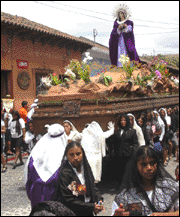 The Procession (solo Virgin) is very somber, as one can imagine. Thousands of women dressed in black march with the procession. It is led by the lone Mayan flutist, then the black robed male incense burners who by now are competing with each other to create the most smoke. Sometimes the streets are totally filled with thick copal incense. Men dressed in black hoods carry banners and flags while everyone waits for the Virgin Mary float. Slowly it comes, carried by women who endure this task all day and into the night. Once again children wander in and out from underneath the float. The agonizing looks on many of the women’s faces demonstrate their conviction to the task at hand.
The Procession (solo Virgin) is very somber, as one can imagine. Thousands of women dressed in black march with the procession. It is led by the lone Mayan flutist, then the black robed male incense burners who by now are competing with each other to create the most smoke. Sometimes the streets are totally filled with thick copal incense. Men dressed in black hoods carry banners and flags while everyone waits for the Virgin Mary float. Slowly it comes, carried by women who endure this task all day and into the night. Once again children wander in and out from underneath the float. The agonizing looks on many of the women’s faces demonstrate their conviction to the task at hand.
The Virgin Mary float is followed by five saints all carried by men. The band follows this playing a slow march.
This procession wanders all over Antigua visiting church after church until darkness transcends and the night procession begins. This is a magical event.
We head out after midnight in search of the procession but did not have to look far. All along the streets were people holding candles as they walked. Carpets were lit up by candles and you could smell copal everywhere. Carpet makers were making their last minute adjustments to their works before the ladies walk by.
We found a great place to wait for the procession and were lucky to discover that at the north-east part of town when the Virgin Mary float gets there, they spin it around one time before continuing. It is a unique thing to witness, we were unable to find out why. Another unique occurrence happened while we were waiting for the procession to come by. While waiting, a couple of young kids made a minor ruckus. Without hesitation at least fifty people all went “SHHHHH” at the exact same moment, then stopped. It was silent again.
The procession is the same as the one during the day. In fact it is the same procession. It just takes on a whole different appearance when seen at night with candles.
By Easter Sunday [Domingo de Resurreccion] the crowds have died down and Antigua resumes its sleepy nature. Most tourists are preparing to leave and many of the visiting Maya have returned home. Of course this does not stop the carpet makers. There is still one more procession later that day.
The Sunday procession is the “Jesus Has Risen” procession. Not as elaborate as the previous days but never the less just as inspiring. It gets kind of crowded by procession time but nothing like Friday or even Saturday.
Sunday’s church services mark the end of the week. The Maya return to their casas and Guatemala returns to its regular routine.
Simply put, Mayan Holy Week is enchanting. A pilgrimage any Christian or believer in any religion or ideology should experience.

